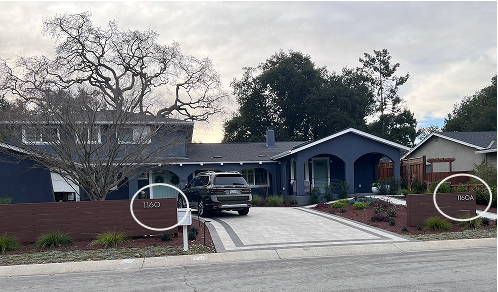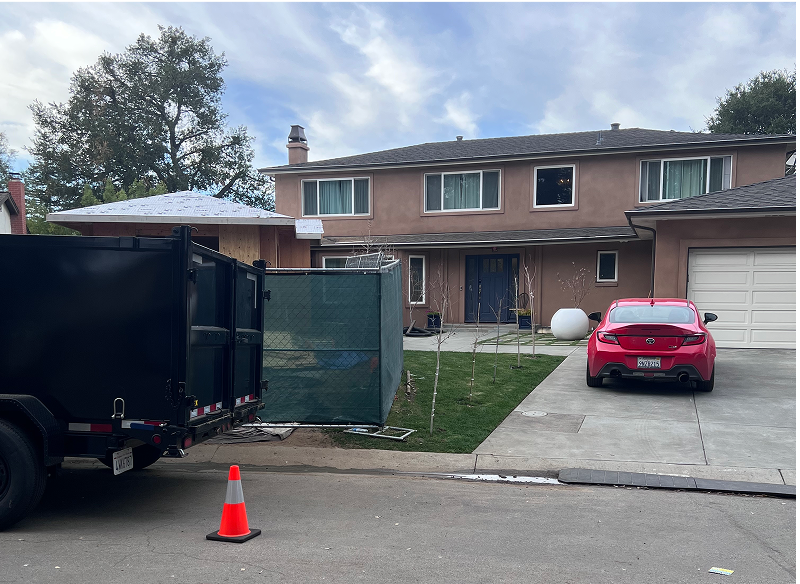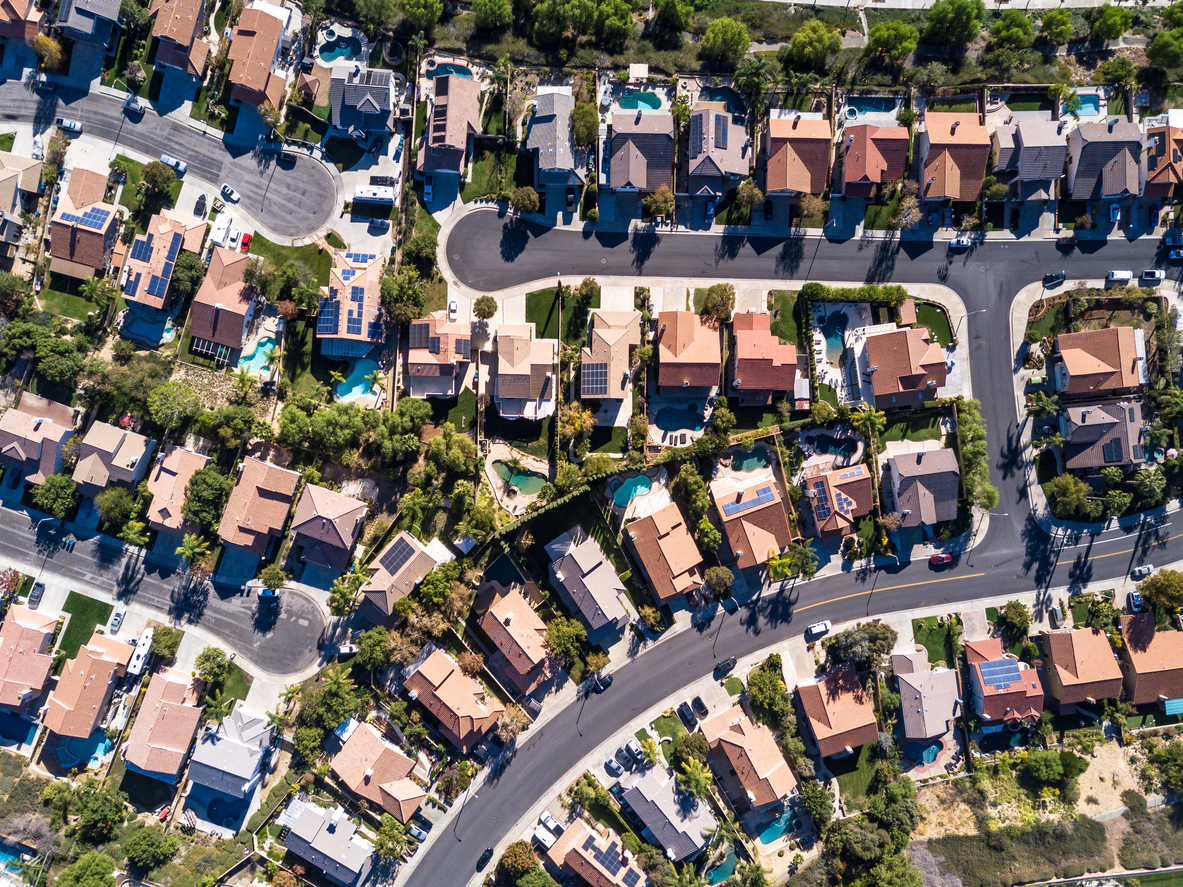As is constantly in the news, the United States is in the midst of a housing crisis. Progress requires grand ambition, political will, and technical and financial innovations to build more homes. We believe a multifaceted, "yes, and" approach is essential, one that embraces innovative solutions offering step-function improvements rather than relying solely on incremental measures.
The severity of the national affordability crisis is stark. In 1970, the median US home price was about twice (1.9x) a median family’s yearly income according to the San Francisco Chronicle. By 2019, the value-to-income ratio had risen to 4.1x, and by 2022, it reached 5.6x (per Harvard's Joint Center for Housing). The growing disconnect between earnings and housing costs is dramatically worse in California the ratio is ~9x in 2022-25. While California’s housing affordability feels like a punchline, it creates a high pressure microcosm to test innovative solutions.
California needs to build somewhere between 2.5 and 3.5 million homes by 2030 to meet current and estimated demand. In order to meet even half these targets, we cannot just build more with current methods. It’s simply too expensive. Construction costs have also been rising since the 1980s. In 2000, the build cost index, an industry metric, was 40 while today it is at 110 (industry report). We need to build, “faster, better, cheaper” – the “impossible trinity” as it is often called. Yet we’ve seen the cost of goods dropping and quality improving in multiple industries from TVs to Tesla batteries as in this chart from the American Enterprise Institute.
In building housing, we’re idling at the same speed, same quality, and more expensive. Unlocking even two of the three will yield tremendous progress. In order to build, we need to put focus toward right-sizing regulations and zoning, developing and adopting new technology and materials, enabling alternative financing models and liquidity so homes can change hands.
While California was historically strict on the regulations, we’re starting to see the fruits of reform. Starting in 2016, California passed cumulative legislation that made it progressively easier to get ADU projects approved. The number of ADUs permitted each year in California increased by 15,334% between 2016 and 2022 according to a CA Yimby report, resulting in 83,865 ADUs permitted. It took multiple bills, over the years, to remove set back and lot size rules, eliminate parking requirements, streamline permitting (60-day approvals), and more. For example, San Jose grants same-day permits with preapproved plans from a list of authorized ADU vendors.

An ADU can be subtly integrated (as in the photo above) or sited wherever it fits. For example, in the front yard, as in the photo below (both images snapped around the corner from my house). An ADU isn’t just a “unit.” It’s a solution for my friends and neighbors with grandparents struggling to move into a higher cost area or adult children can’t buy in the area they grew up in. While this particular innovation is generally considered a success, there is a significant gap between the housing California produces and its needs, which highlights the value of a “yes and” approach applying many solutions.

Regulatory reform, as with ADUs, is typically a years-long process. However, the response to LA fires is driving dramatic change. What could have taken years, is happening in weeks and months. One set of innovations have already been rolled out including: a pilot program for licensed architects/engineers to self-certify plans, suspending Coastal and Environmental (CEQA) requirements, launching an AI tool to speed up permitting review, etc. (governor’s announcements). Peeling back these regulations as “red tape” is inspiring a broader discussion for the state as a whole. As a smart colleague once advised, “never let a disaster go to waste” and so California seems to be adapting and asking many of the right questions on how to build and rebuild. Although the Sun Belt continues to build far more housing than the coasts in absolute terms, The Atlantic describes how the “rate of building in most Sun Belt cities has fallen by more than half over the past 25 years.” The impact of this is that, "when it comes to new housing production, the Sun Belt cities today are basically at the point that the big coastal cities were 20 years ago.” Applying innovative solutions proactively, before things get California-level crazy is crucial. However, we can’t solve the housing crisis with regulatory reform alone. We have to look at how we build as well.
The mechanics of how developers build homes is largely the same as it was 50 years ago, with some improvements to say seismic standards. In the area of construction innovation, one interesting area is modular / manufactured housing. While manufactured housing has been around since the 1950s (e.g., mobile homes). The current iteration of companies seem promising. As an example, Factory_OS is building multi-family communities like The Union in Oakland California as covered in the New York Times. The projects themselves are small scale (e.g.,120 units) but their outcomes appear impactful claiming a 30% reduction in costs and potential to cut build time in half. However, if companies in the space can scale in low income and expand into market rate housing the potential impact is significant. Emerging materials, like sustainable concrete blends (e.g., Hempcrete) and engineered wood (e.g., Cross-Lamintated Timber), further lower costs and environmental impact, though broader adoption requires updated building codes. These advancements, applied to both traditional and manufactured housing, could transform how we build. Beyond construction, innovative financing models are also critical to affordability.
While building homes more quickly and cost effectively should curb home price appreciation if not reverse it over time, we need alternative financing models for a variety of reasons. First, while families want to build wealth, taking on huge mortgages relative to income (e.g., 5.6x) and banking on that one asset doing well is risky, especially if the market goes down. Second, storms and wildfires are becoming more common and severe while insurance costs rise. Third, the mortgage was designed for the “forever home” era in which people stayed in the same home for 30+ years. Now, 28% of homeowners end up selling within 5 years (NAR report 2023 pg 105). In an analysis by a Zillow economist, with current interest rates at nearly 7%, it will take 13+ years to make a profit on the median home in America. Startups like Acre are iterating on new ownership models including shared appreciation, rent to own, and more as Venture Capital firm NFX describes in its article Ownership Revolution. Alternative finance should reduce the risk associated with buying a home and allow us to unlock additional liquidity so that homes can change hands with lower transaction costs and less friction.
We need to look at the experiments that work and tell those stories broadly. It’s easy to write in housing-nerd terms but of course home ownership is a visceral topic tied to the American dream. It represents comfort and stability for families. Our homes are more than simply a house. It’s where we mark our kids' heights, host their middle school sleepovers, and feel a sense of pride when we repaint the front a fresh color ourselves. Home ownership represents the good life to Americans. When it feels broadly unattainable, it undermines our stability and social trust. We need to take a “yes and” approach to addressing this across the board.
an Acre Home









